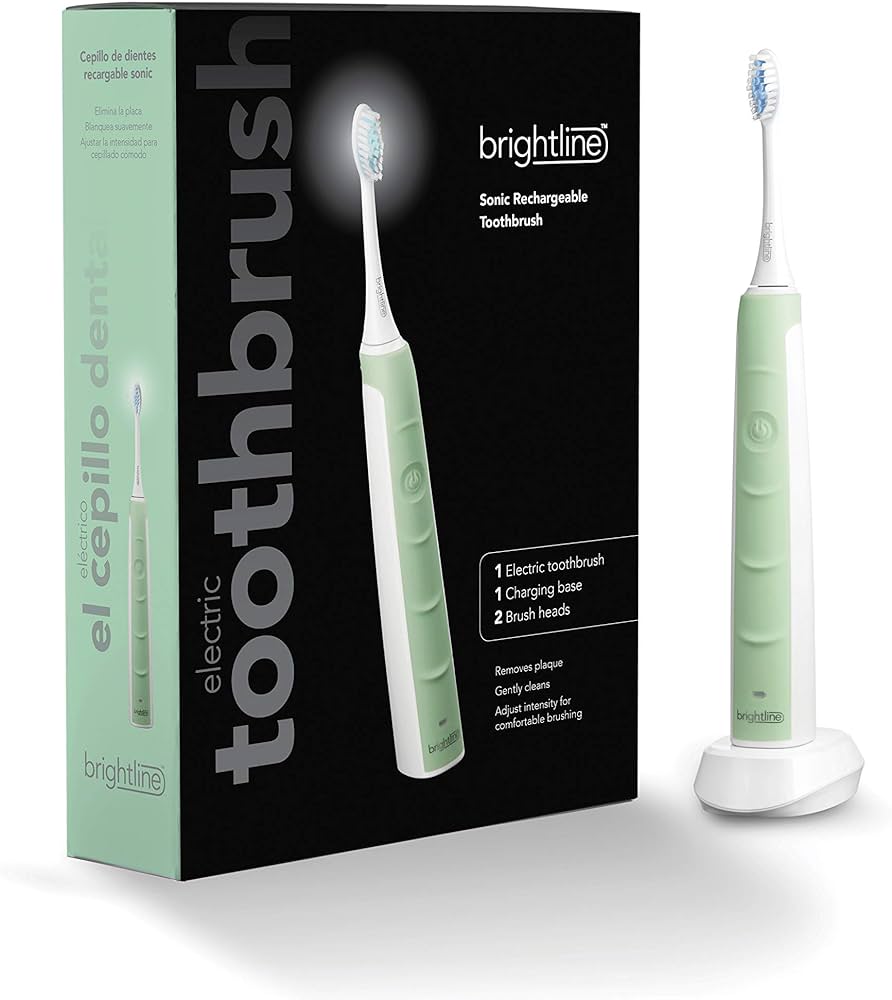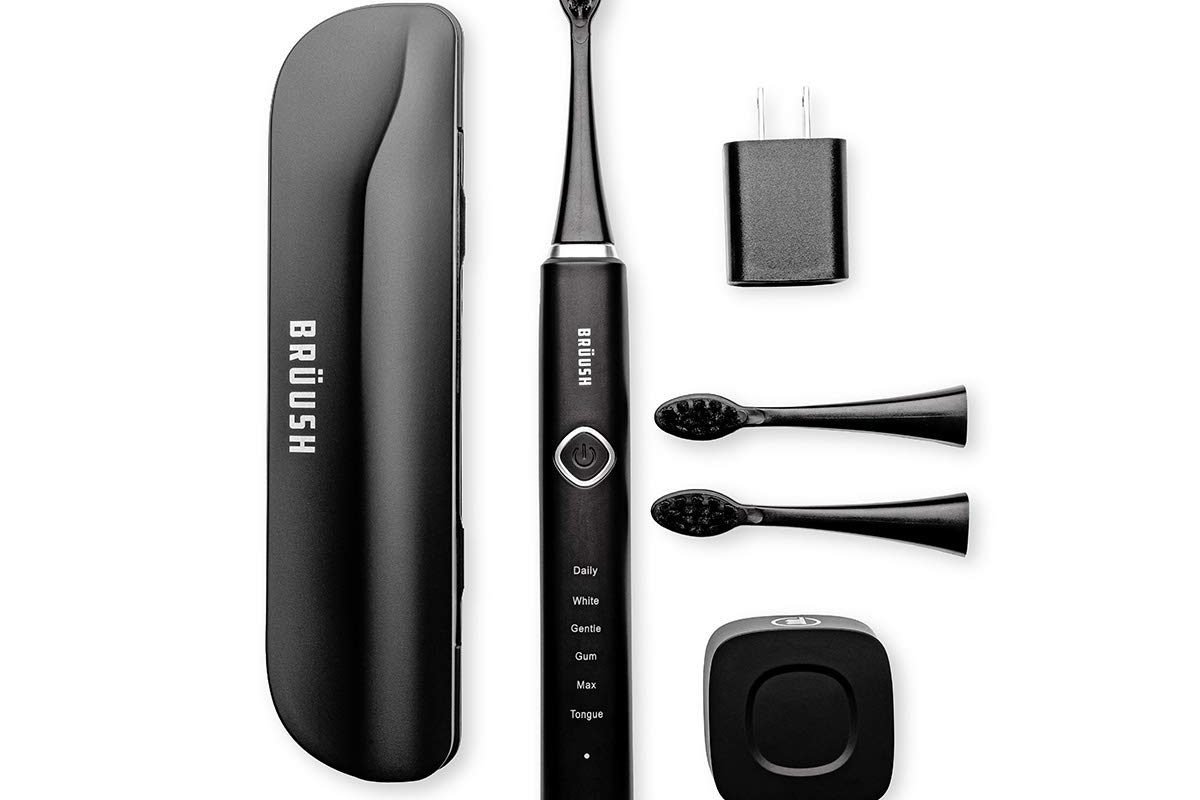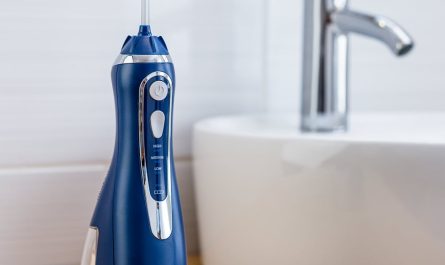Introduction
Discovering mold growth on an electric toothbrush can be concerning and unpleasant. Mold not only affects the cleanliness and functionality of the toothbrush but also raises health concerns. Several factors can contribute to the growth of mold on an electric toothbrush, including improper storage, moisture buildup, infrequent cleaning, and the toothbrush head design. In this article, we will explore these factors and provide insights into preventing mold growth on electric toothbrushes.

Why does my electric toothbrush keep getting mold?
Improper storage
Proper storage of an electric toothbrush is crucial in preventing mold growth. Leaving the toothbrush in a closed, damp environment, such as a cabinet or travel case, can create a breeding ground for mold. The lack of air circulation and the presence of moisture promote mold growth. It is recommended to store the electric toothbrush in an open area, preferably in an upright position, where it can air dry between uses. This allows moisture to evaporate and discourages mold growth.
Moisture buildup
Moisture buildup on the electric toothbrush is a significant factor contributing to mold growth. After brushing, if the toothbrush is not properly rinsed and dried, moisture can accumulate on the bristles and handle, creating an ideal environment for mold to thrive. It is essential to thoroughly rinse the toothbrush head and handle under running water after each use, ensuring that all toothpaste residue is removed. Additionally, shaking off excess water and allowing the toothbrush to air dry can help prevent moisture buildup and reduce the risk of mold growth.
Infrequent cleaning
Cleaning the electric toothbrush regularly is essential to prevent mold growth. Over time, residual toothpaste, saliva, and bacteria can build up on the toothbrush, creating a favorable environment for mold to proliferate. Regular cleaning helps remove any potential mold spores and keeps the toothbrush hygienic.
Toothbrush head design
The design of the toothbrush head can also play a role in mold growth. Electric toothbrushes with detachable brush heads may have crevices or areas that are difficult to clean thoroughly. These hard-to-reach areas can trap moisture and residual toothpaste, providing a breeding ground for mold. When purchasing an electric toothbrush, it is advisable to choose a model with easily detachable and cleanable brush heads. Additionally, inspecting the brush head regularly for signs of mold or mildew and replacing it as needed can help prevent the spread of mold to the rest of the toothbrush.
Using a toothbrush cover
Using a toothbrush cover or cap to protect the toothbrush head may seem like a hygienic solution. However, it can actually promote mold growth if not used correctly. Placing a toothbrush cover on a damp toothbrush traps moisture and prevents proper drying, creating an environment conducive to mold growth.
Environmental factors
Environmental conditions can also contribute to mold growth on an electric toothbrush. High humidity levels, warm temperatures, and poor ventilation can create an ideal breeding ground for mold. Using a dehumidifier or ensuring proper ventilation in the bathroom can help reduce humidity levels and mitigate mold growth. Additionally, keeping the toothbrush away from areas prone to moisture, such as near the shower or sink, can minimize the risk of mold.
Health concerns
Mold growth on an electric toothbrush raises concerns about the potential impact on oral and overall health. Mold, when inhaled or ingested, can cause respiratory issues, allergies, and other health problems. Additionally, using a moldy toothbrush can introduce harmful bacteria and mold spores into the mouth, which may lead to oral health issues. It is essential to address mold growth on an electric toothbrush promptly to maintain good oral hygiene and overall health.
Conclusion
Mold growth on an electric toothbrush can be a cause for concern, but it can be prevented by taking appropriate measures. Proper storage in an open area, thorough rinsing and drying after each use, regular cleaning, choosing a toothbrush with detachable and cleanable brush heads, avoiding the use of toothbrush covers, considering environmental factors, and addressing mold growth promptly are all key preventive measures. By implementing these practices, individuals can maintain a hygienic electric toothbrush, minimize the risk of mold growth, and promote optimal oral health.




